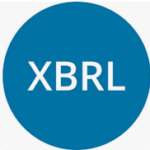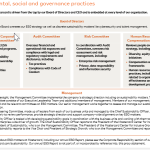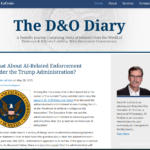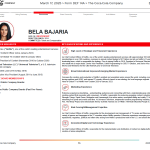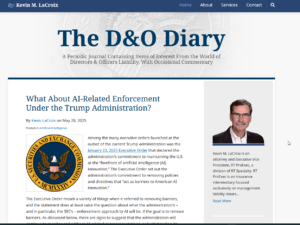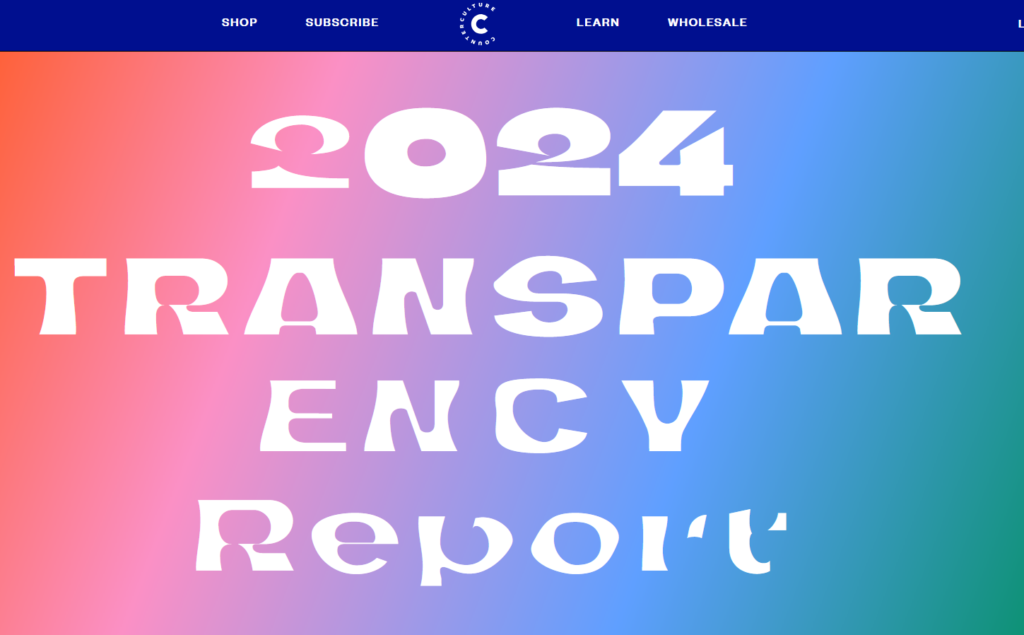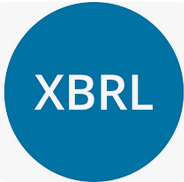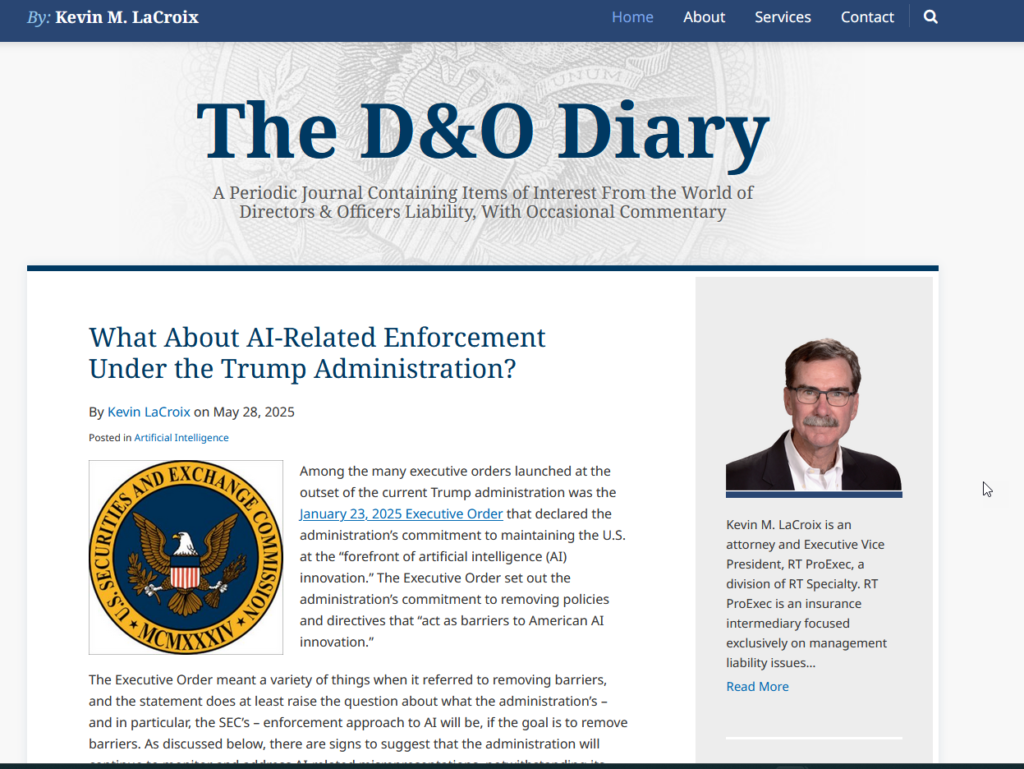We’re in the process of slugging through the five types of disclosure documents for the S&P 250, applying our transparency criteria to them to determine how companies are doing overall and who is doing it the best ahead of the “2024 Transparency Awards.” All well and good. And exciting.
What is utterly surprising is that some of these companies have more than one version of their code of conduct on their corporate web site. Let me say that again. Some of these companies have more than one version of their code of conduct on their corporate web site. This is the universe of the S&P 250 that we’re talking about. Egads.
The lessons learned here include:
- Someone within the company has to be tapped to periodically review the corporate web site for weird stuff as there often are “too many cooks in the kitchen” and different departments within the company might be posting conflicting content. When this problem arises, the two differing versions typically appear on the ESG web page and on the Governance web page.
I would urge that the securities law disclosure drafters be tasked with this duty – since we tend to be pretty anal, right? – and that the review happen at the end of every quarter. - It is imperative that when a code of conduct is posted, that there is a date prominently placed upon it. This would be true for any type of governance document. So folks can determine which version is the most recent in case more than one version gets posted.
- I would keep updating that date on the document anytime that there is a review of it so that the reader knows that it was recently reviewed – even if that review wound up with a conclusion that nothing needed to be changed.
I feel ashamed that I even have to blog about such a trite topic – but if these larger companies are doing this, there likely are a horde of other companies out there with this same problem…



